GDP growth in the second quarter of 2024 is quite high, estimated at 6.93%, although in the first months of the year, the business situation of many enterprises is still difficult.

In the first months of the year, activities production and business Business conditions in many sectors are still difficult, service businesses have had to close down a series of premises due to reduced purchasing power. However, GDP growth in the second quarter of 2024 is quite high, estimated at 6.93%. Why?
With an increase of 6.93%, GDP growth in the second quarter of 2024 is only lower than the growth rate of 7.99% in the second quarter of 2022 if considered over the past 10 years.
Speaking to Tuoi Tre, while many experts said they were "surprised" when the data was announced, some other experts said that this increase had a basis, especially thanks to public investment and the strong recovery of the manufacturing and processing sector.

GDP increased in a "surprise"
According to data just released by the General General Statistics Office announced, the growth rate of gross domestic product in the second quarter of 2024 reached 6.93%, in the first half of this year, the country's GDP increased by 6.42% over the same period last year.
Of which, Ho Chi Minh City (accounting for 15.75% of the country's GDP) and Dong Nai (accounting for 4.23% of the country's GDP) are two localities in the region. key economic The South contributed greatly to the overall growth of the country with increases of 6.5% and 6.8% respectively over the same period.
Mr. Le Hoai An - CFA, founder of Integrated Financial Solutions Joint Stock Company - said that the second quarter economic growth surprised most forecasting organizations.
Previously, many forecasts said that although economic growth this quarter would recover, it would be difficult to exceed 6%.
"Some organizations even predict that economic growth in the second quarter may be lower than in the first quarter," Mr. An said.
In fact, according to Mr. An, consumer demand for goods is still quite weak when nominal growth only reached 8.8% in the second quarter and 8.6% in the first half of this year, lower than 11% in the same period in 2023 and much lower than before Covid (12-14%).
Dr. Le Quoc Phuong, former deputy director of the Center for Industry and Trade Information ( Ministry of Industry and Trade ), also expressed "surprise" at the GDP growth rate in the second quarter because credit - another indicator to measure the recovery of businesses - increased very low, only 4.45%, while Vietnam is still a country whose growth depends heavily on credit.
"When GDP growth soars, many people will look at the credit growth rate to question it," said Mr. Phuong. Mr. Vu Quang Viet - former head of the National Accounts Department, United Nations Statistics Division - also said that "an increase of nearly 7% at the present time is rare, if calculated correctly."
Mr. Le Huu Nghia - Chairman of the Board of Members of Le Thanh Group - said that based on the GDP index in First 6 months of the year has just been announced, it can be said that many economic sectors have recovered. But in reality, many sectors are still facing difficulties, especially the retail sector. Due to economic difficulties and declining purchasing power, many businesses have had to downsize their business systems, switching from selling in stores to doing business online.
The company's retail system is also converting and reducing the number of cosmetic supermarkets in large locations to e-commerce to optimize costs. "Many locations have been reduced by up to 30% compared to before, but the sharp decrease in purchasing power has caused the wave of returning locations to not stop," said Mr. Nghia.
But there are still many bright spots.
In fact, according to Mr. Nguyen Dang Hien, Vice President of the Ho Chi Minh City Food and Foodstuff Association, although many businesses are still facing many difficulties, many businesses in the city are still maintaining growth, with some businesses growing at 15-16%.
In particular, the State's support policies such as 2% VAT reduction, land rent exemption and deferment for businesses have had a positive impact on the market.
Although admitting to being "quite surprised" by the GDP growth in the first half of this year, Mr. Le Hoai An said that when consumer demand is still weak, economic growth is coming from investment activities.
In particular, private investment and FDI investment are major growth drivers in the context of public investment disbursement not being able to accelerate as expected.
Since investment growth was very weak in the second quarter of last year, the strong increase in investment this year has helped support the recovery trend.
In addition, the recovery of private investment is also consistent with the credit disbursement efforts of banks. "The credit growth of more than 4% comes largely from pumping liquidity to businesses, helping them overcome difficulties," Mr. An said.
However, Mr. An warned that increasing private investment mainly due to credit "burden" will be difficult to sustain because "the key to the economy is still to restore consumption".
Dr. Le Quoc Phuong also said that although the GDP growth rate has caused "hesitation" for many people, there are still some bases to explain. In particular, exports have increased relatively strongly, FDI disbursement capital is the highest in the past 5 years, tourism revenue is also good...
The strong recovery of the manufacturing sector also contributed to the GDP growth. In addition, according to Mr. Phuong, the world's demand for goods gradually recovered due to the decreasing inflation trend, some central banks lowered interest rates or planned to lower them.
"When inflation falls, interest rates decrease, investment and consumption both increase, countries with large export proportions like Vietnam will benefit," said Mr. Phuong.
Meanwhile, Mr. Nguyen Phuoc Hung - permanent vice president of the Ho Chi Minh City Business Association - warned that the significant increase in cheap consumer goods from China is putting significant pressure on Vietnamese businesses.
"The trade and retail sectors have recorded a significant decline in purchasing power, with some product lines down by 50-60% and forecast to continue to decrease by 10% in the coming months," Mr. Hung said.
Mr. Nguyen Quoc Anh - Director of Duc Minh Rubber Company Limited - said that the main export markets have not yet shown signs of increasing orders, some businesses have slightly reduced the number of orders, but businesses expect orders to increase again by the end of the year.
Source


![[Photo] General Secretary To Lam meets former British Prime Minister Tony Blair](https://vphoto.vietnam.vn/thumb/1200x675/vietnam/resource/IMAGE/2025/10/30/1761821573624_tbt-tl1-jpg.webp)
![[Photo] Touching scene of thousands of people saving the embankment from the raging water](https://vphoto.vietnam.vn/thumb/1200x675/vietnam/resource/IMAGE/2025/10/30/1761825173837_ndo_br_ho-de-3-jpg.webp)
![[Photo] General Secretary To Lam attends the Vietnam-UK High-Level Economic Conference](https://vphoto.vietnam.vn/thumb/1200x675/vietnam/resource/IMAGE/2025/10/30/1761825773922_anh-1-3371-jpg.webp)


![[Photo] The Third Patriotic Emulation Congress of the Central Internal Affairs Commission](https://vphoto.vietnam.vn/thumb/1200x675/vietnam/resource/IMAGE/2025/10/30/1761831176178_dh-thi-dua-yeu-nuoc-5076-2710-jpg.webp)



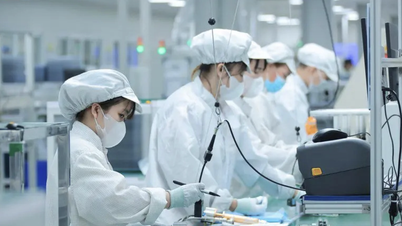
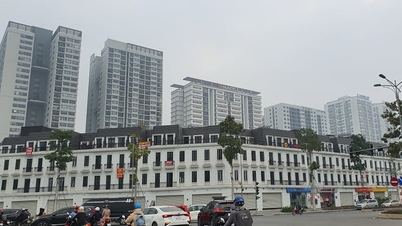

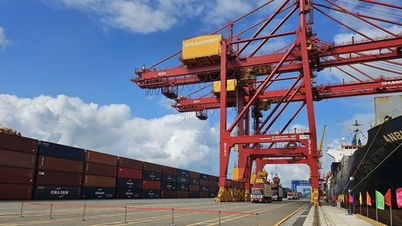









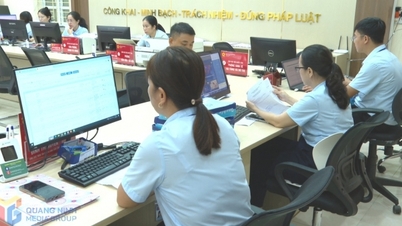
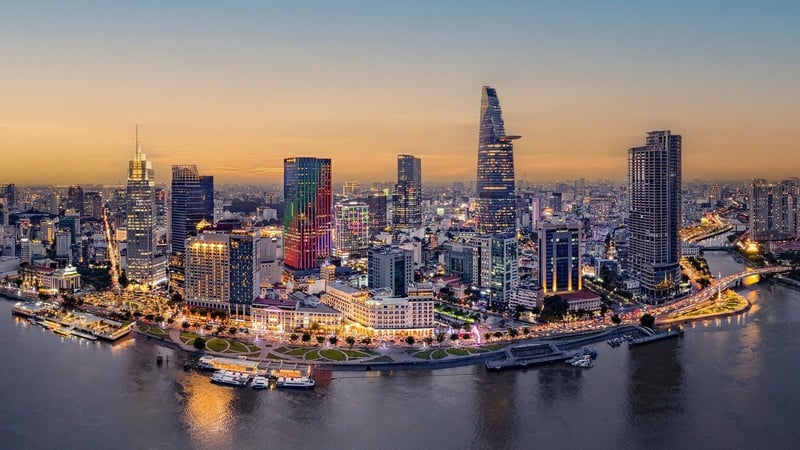

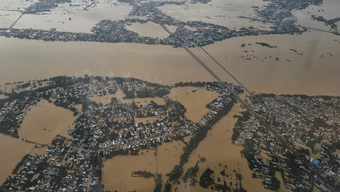
































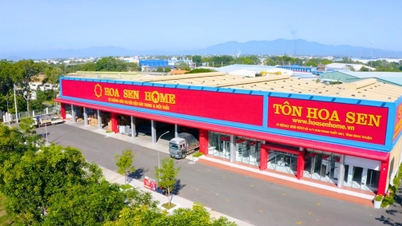









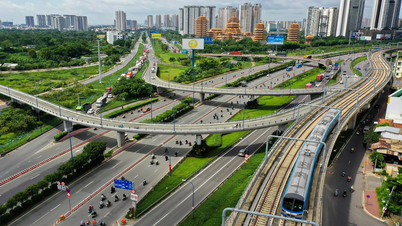
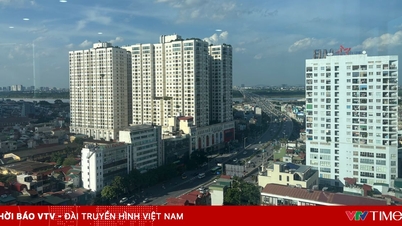







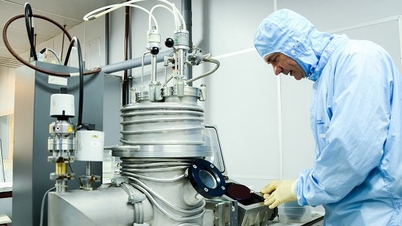



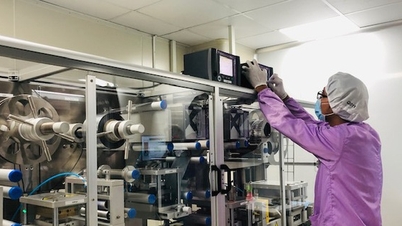
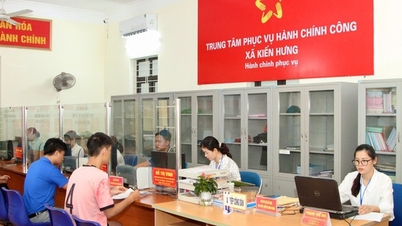




























Comment (0)